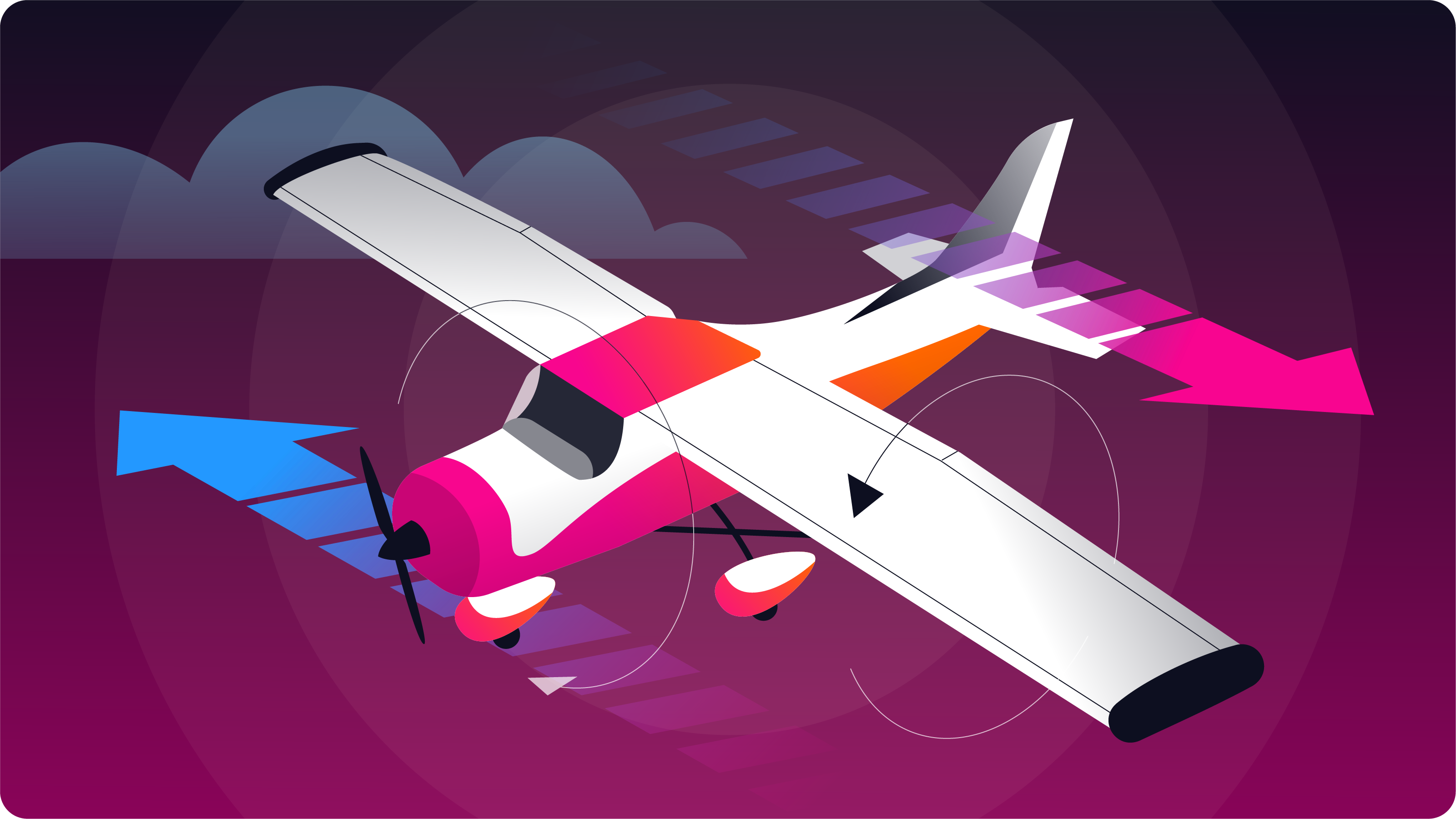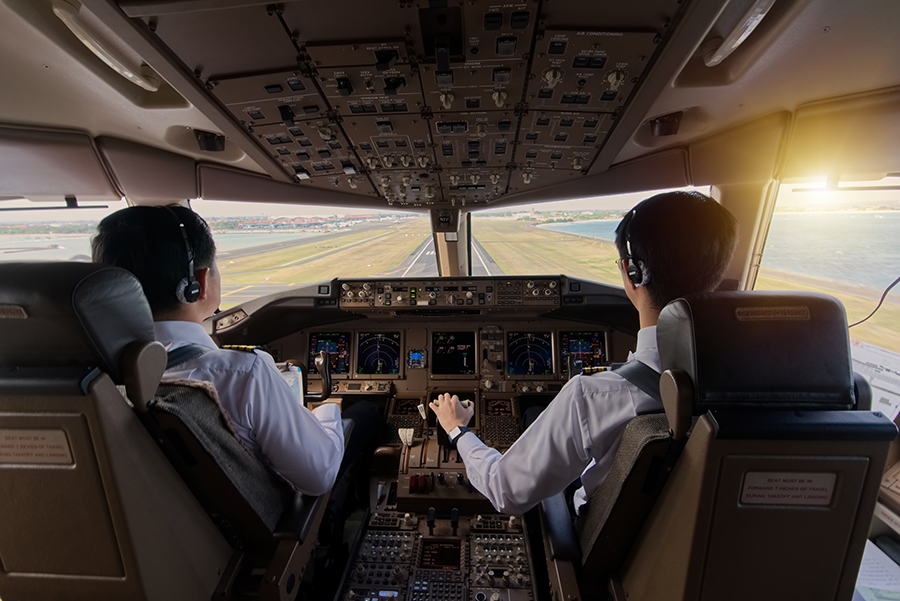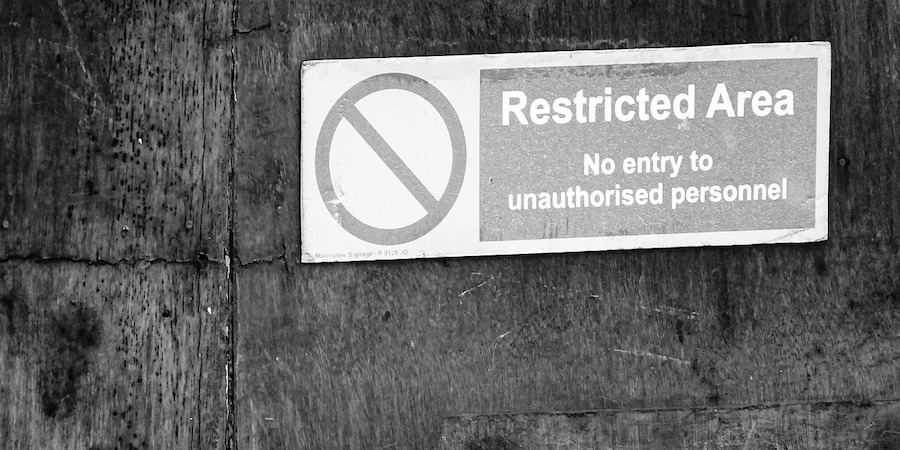-
Key Takeaways
-
What is Turbulence?
-
The Effects of Turbulence
-
Types of Turbulence
- Wind Shear
- Convective (Thermal) Turbulence
- Frontal Turbulence
- Thunderstorm Turbulence
- Mechanical Turbulence
- Mountain Wave Turbulence
- Wake Turbulence
- Clear Air Turbulence
-
How to Avoid Turbulence
-
How to Report Turbulence (Turbulence Intensity)
-
Inversion Turbulence
-
Conclusion
For most pilots, turbulence isn’t usually a significant concern.
Yet, turbulence causes fatal general aviation accidents every year, usually due to pilot error.
Let’s make sure that doesn’t happen to you.
In this article, we’ll dive into everything you need to know about turbulence as a pilot.
Key Takeaways
- Turbulence is the irregular motion of air resulting from obstructions to the airflow (mechanical) or vertical currents (convective)
- Turbulence is classified as light, moderate, severe, or extreme
- Turbulence affects lighter aircraft more than heavier aircraft
- Pilot reports (PIREPs) will help others be aware of turbulence
What is Turbulence?

Turbulence is an irregular motion of the air resulting from obstructions to the airflow or vertical currents.
There are two primary causes of irregular motions of the air.
The first is vertical currents of air, also known as convective turbulence, and the second is obstructions to smooth airflow, also known as mechanical turbulence.
Pilots classify turbulence of any kind as light, moderate, severe, or extreme.
The effects of turbulence on the aircraft determine the classification of turbulence.
The Effects of Turbulence

Turbulence causes an irregular, up-and-down motion of an aircraft in flight caused by the variation of wind.
But turbulence does not affect all aircraft in the same way. Turbulence affects aircraft of all sizes but differs in intensity based on weight.
This is because it requires less energy from turbulence to cause the aircraft to change its attitude.
Larger, heavier aircraft are not affected by the wind variations that would cause the smaller aircraft to get pitched up and down.
Because turbulence is not visible, the onset of aircraft turbulence may happen anytime during the flight.
This is why pilots advise all passengers and crew to always keep their seatbelts on even when the seatbelt sign is off on larger aircraft.
Passengers or unsecured cargo may get thrown around due to the motion, which can lead to injury.
While turbulence can seem violent, aircraft are more than capable of handling turbulence.
However, aircraft must slow down below their designed maneuvering speed, Va.
This is because turbulence or gusting winds can produce loads that exceed the load limits, which cause structural damage.
Types of Turbulence

As mentioned earlier, the cause of the irregular airflow defines the types of turbulence.
Causes such as convective, mechanical, and wind shear are some causes of turbulence.
From these causes, there are several types of turbulence.
Let’s look at convective and mechanical and the associated types of turbulence.
Wind Shear

Wind shear is a sudden shift in wind speed or direction over a short distance.
Wind shear is often invisible, and can abruptly alter an aircraft’s performance by changing lift. This makes it particularly dangerous when an aircraft is near the ground, like on final approach.
Recognizing potential wind shear conditions is extremely important because you must avoid areas at all costs.
Rapid changes in wind speed or direction are a good indicator of wind shear conditions.
Convective (Thermal) Turbulence

Convective turbulence is the most common type of turbulence all pilots will encounter.
Convective turbulence refers to the turbulent vertical motions of air due to uneven heating.
Uneven heating of the Earth’s surface leads to rising and descending currents of air.
This creates strong updrafts and downdrafts.
Thermal turbulence, a form of convective turbulence, is when the sun heats the land and causes air to rise.
General aviation pilots tend to avoid flying on warm summer afternoons as the convective activity is highest at that time.
Aircraft flying at higher altitudes are less affected by thermal turbulence. This is because the source of the turbulence is the heated surface, and the updraft’s energy will dissipate.
Cumulus clouds are good indicators of convective activity in the area.
Frontal Turbulence

Frontal turbulence refers to turbulence created by weather fronts.
When masses of warm and cold air collide, the colder air displaces the warmer air upwards. The boundary between the two air masses also does not mix well, further increasing turbulence.
Turbulence is more commonly associated with cold fronts but can be present, to a lesser degree, in a warm front as well.
This turbulence is most marked when the warm air is moist and unstable and will be extremely severe if thunderstorms develop.
Thunderstorm Turbulence

Convective activity is one of the three required ingredients for thunderstorms.
Turbulence can be severe inside or near thunderstorms due to the violent updrafts and downdrafts within the storm cells.
Present in all thunderstorms, turbulence ranges from severe to extreme and can destroy an aircraft.
Pilots should avoid flying through or near thunderstorms because of this danger.
Mechanical Turbulence

Mechanical turbulence is turbulence caused by obstructions to the wind flow.
Irregular terrain and man-made obstructions disturb the smooth airflow across the surface.
The intensity of turbulence depends on the strength of the wind.
Large hangars and rows of trees are common examples of obstructions that create mechanical turbulence.
Smaller airfields have large hangars or rows of trees along the entire runway. This creates challenging conditions, especially when the wind is strong or gusting.
It is especially turbulent when the winds blow directly perpendicular to the runway.
Airflow above the height of the obstacles would be uniform. However, the mechanical turbulence around and below the height of the obstructions is turbulent.
The terrain itself could also cause mechanical turbulence.
An example would be Sedona Airport KSEZ, located on the top of a mesa.
On short final, pilots should exercise caution as strong updrafts and downdrafts may occur along the steep cliff edges of the mesa.
Mountain Wave Turbulence

Mountain wave turbulence applies mechanical turbulence on a larger scale.
This is airflow that a mountain or mountain range disturbs and causes turbulence.
As air blows across the mountain, the airflow from below the height of the mountain has nowhere to go but upwards.
With an upward trajectory, this air mixes with the wind above the height of the mountain. This creates a disrupted airflow on the downwind side.
Air is also forced downwards past the mountain due to a lower pressure. This further disturbs the airflow on the downwind side of the mountain.
This effect is strongest when the wind blows directly perpendicular to a mountain range.
The disturbed air then continues for several hundred miles downwind of the mountain.
Wake Turbulence

Wake turbulence is among the highest threats to low-level general aviation aircraft operations.
This is because following behind a larger aircraft on takeoff or landing has a high possibility of wake turbulence.
The lower pressure on the wing’s upper surface meets the higher pressure on the wing’s lower surface, creating wingtip vortices.
Wingtip vortices are spiraling turbulent air, called the aircraft’s wake.
Much like the wake behind a moving boat, it requires time to dissipate or move away from the path.
Wake turbulence is especially pronounced behind heavy, large, and slow aircraft.
Smaller aircraft following a larger one are particularly at risk.
You can learn more in our article on wingtip vortices and wake turbulence.
Clear Air Turbulence

Clear Air Turbulence (CAT) is sudden severe turbulence occurring in cloudless regions.
CAT occurs in higher altitudes, generally above 15,000 feet. It is not associated with any visual weather that indicates unstable air.
CAT is present when the jet stream interacts with the surrounding, calmer air. This mixing of rapid air and calm air creates turbulence in the form of CAT.
CAT is especially dangerous due to the lack of visual cues of its presence.
Weather radar onboard advanced aircraft is also unable to detect CAT.
How to Avoid Turbulence

The best way to avoid turbulence is to understand how it forms.
Pilots should never attempt to fly through or near thunderstorms. This is due to the strong updrafts and downdrafts that thunderstorms create.
You can expect thermal turbulence when flying in the middle of the day due to the uneven heating of the earth’s surface.
Be aware of how obstacles in the area might affect how wind flows. A high row of trees, large hangars, and natural ridges create mechanical turbulence low to the surface.
Pilots unfamiliar with mountain flying should consult a flight instructor for safety.
To avoid wake turbulence on takeoff, note where the heavier preceding aircraft rotates for takeoff. You should take off before that point or sidestep to the upwind side to avoid the wake.
To avoid wake turbulence on landing, note where the heavier preceding aircraft lands and aim to land beyond that point on the runway.
Another way to avoid turbulence is to look at pilot reports (PIREPs).
How to Report Turbulence (Turbulence Intensity)

Pilots are strongly advised to report turbulence to Air Traffic Control and Flight Service Stations. These PIREPs help other pilots make more informed decisions.
But how would you describe the type of turbulence you felt?
Remember those turbulence classes we listed earlier? Let’s go into more detail with each class and some in-flight experiences you’d feel.
Light turbulence causes slight altitude and/or attitude changes or a slight bumpiness. Occupants of the airplane may feel a slight strain against their seat belts.
Moderate turbulence is similar to light turbulence but is more intense. There is no loss of control of the airplane. Occupants will feel a definite strain against their seat belts, and unsecured objects will be dislodged.
Severe turbulence causes large and abrupt altitude, attitude, and airspeed changes. The airplane may momentarily be out of control. Occupants of the aircraft will be forced violently against their seat belts.
Extreme turbulence causes the aircraft to be tossed violently about and is impossible to control. It may cause structural damage.
Chop is a type of turbulence that causes rapid and somewhat rhythmic bumpiness.
Inversion Turbulence
Inversion turbulence occurs when a layer of warm air traps cooler air near the ground, creating a temperature inversion.
Unlike the typical atmosphere where temperature decreases with altitude, in an inversion, this pattern is reversed. The warm air above prevents the cooler, denser air from rising, leading to stable conditions near the surface.
But when wind moves across this inversion layer, it can cause turbulence. This turbulence is not caused by the convective rising and falling of air masses but by the wind shear at the boundary of the inversion layer.
If you recognize an inversion, be prepared for turbulence as you cross into the different layers.
Conclusion
While we try our best to avoid turbulence, we inevitably encounter it.
However, the knowledge of sources and visual cues of turbulence will ensure flights go as smoothly and safely as possible.
High and low-pressure systems often cause significant turbulence, and understanding them is vital to safe flying. Check out our guide on High vs. Low-Pressure Systems to learn more.



